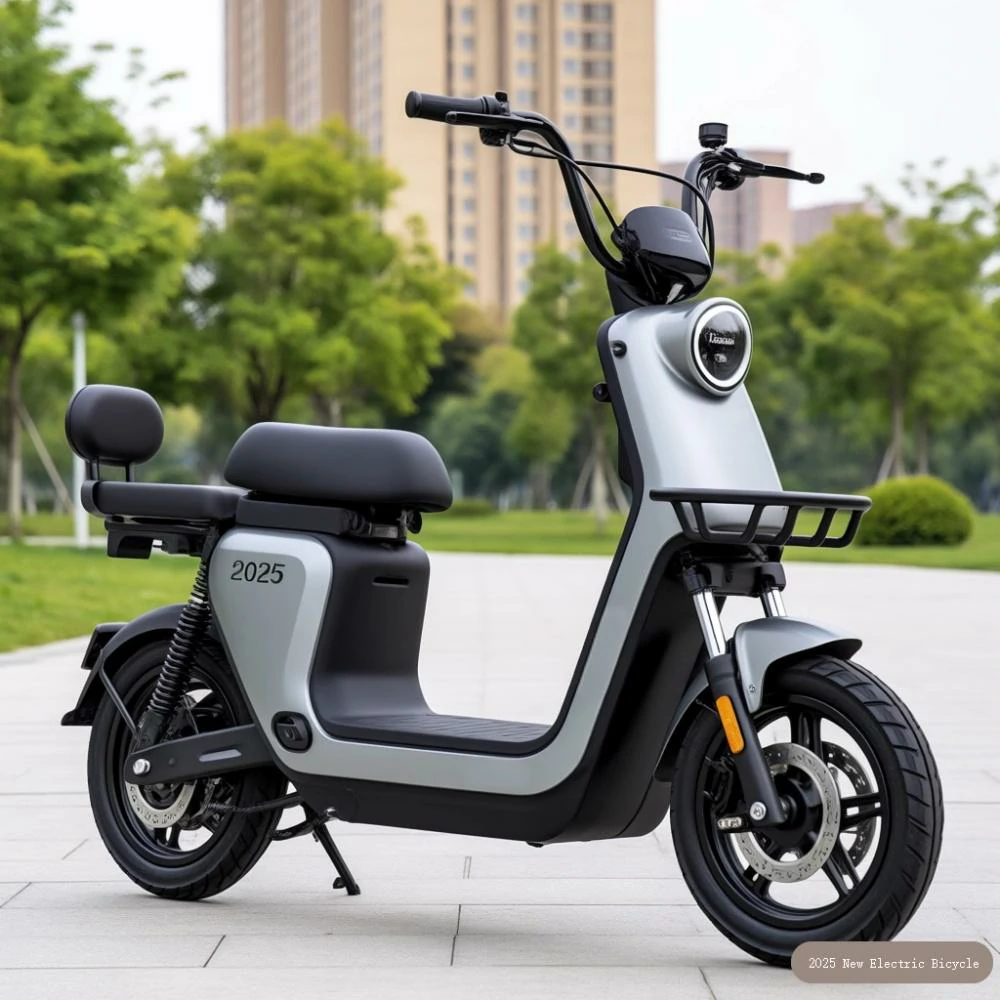Related laws and regulations on electric bicycles in the United States
2025-07-08
The laws and regulations regarding electric bicycles in the United States vary from state to state, but are developed around four core frameworks: classification standards, safety certifications, usage restrictions, and battery specifications. The following are specific regulations and differences analysis:
1、 Basic standards at the federal level
- Performance and Security Certification
- 16 CFR 1512: Bicycle safety standards developed by the Federal Consumer Safety Commission (CPSC) require electric bicycles to meet the mechanical safety requirements of traditional bicycles, such as braking systems, frame strength, reflective devices, etc.
- UL 2849: Although not a mandatory federal standard, e-commerce platforms such as Amazon and offline supermarkets require electric bicycles to pass UL 2849 certification, covering electrical safety, battery performance, fire testing, and more. For example, from January 21, 2025, electric bicycles that have not passed UL 2849 certification will be taken down by Amazon.
- Power and speed limitations
- Federal law does not unify the classification of electric bicycles, but generally adopts a three-level classification system (used in 36 states):
- Class 1: Only pedal assisted, speed ≤ 20 mph (32 km/h).
- Class 2: Equipped with throttle, pure electric drive speed ≤ 20 mph.
- Class 3: Pedal assisted, speed ≤ 28 mph (45 km/h), typically requiring riders to wear helmets.
Power limit: The motor power generally does not exceed 750W (approximately 1 horsepower).
- Federal law does not unify the classification of electric bicycles, but generally adopts a three-level classification system (used in 36 states):

2、 Differentiated implementation of state-level regulations
- California: Strict Definition and Helmet Mandatory
- SB-1271 Act (effective from 2025):
- It is explicitly stated that three types of electric bicycles are not allowed to be equipped with functional handlebars and throttle (only two types are allowed), meaning that three types of bicycles must rely on pedal assistance to reach 28 mph.
- Reiterate that riders of Class III vehicles must wear helmets, and there is no age limit for Class II and below.
- Classification refinement: Distinguish electric bicycles from light motorcycles to avoid confusion in management.
- SB-1271 Act (effective from 2025):
- New York State: Battery Safety and Cycling Restrictions
- Lithium ion battery certification:
- It is prohibited to sell unverified lithium-ion batteries, and it is required to pass UL and other laboratory tests to meet international safety standards. Violation will result in a maximum fine of $1000.
- Three types of vehicle speed limits:
- Although the federal standard for Class III vehicles is 28 mph, the state of New York limits the maximum speed of Class III vehicles to 25 mph (40 km/h).
- Management of heavy-duty electric bicycles:
- Propose to exclude Class III vehicles weighing over 100 pounds (45 kilograms) from the regulations for electric bicycles and consider them as light motorcycles.
- Lithium ion battery certification:
- Oregon: Cycling Area Restrictions
- Senate Bill No. 471:
- Three types of vehicles (with a speed greater than 20 mph) are prohibited from driving on sidewalks or bike lanes.
- Cancel the obligation of drivers to give way to Class III vehicles on bicycle lanes and increase the responsibility of riders.
- Senate Bill No. 471:
- Other state specific regulations
- Connecticut: Require all riders to wear helmets, regardless of age or vehicle classification.
- 14 non third level classification states (such as Hawaii, Oregon, etc.):
- Not adopting a three-level system, electric bicycles may be regulated separately through age, license, insurance, etc.
3、 Supplementary rules of local governments
- Cycling area restrictions:
- New York City and other cities may prohibit electric bicycles from entering some parks or pedestrian streets.
- Some cities in California require three types of vehicles to register and hang license plates.
- Helmet and equipment requirements:
- In addition to California, states such as Washington and New Jersey also require riders of three types of vehicles to wear helmets.
- Some cities require electric bicycles to be equipped with safety devices such as front and rear lights and bells.
4、 Compliance recommendations and industry impact
- Manufacturer compliance points:
- Ensure that the product is UL 2849 certified and complies with the 16 CFR 1512 mechanical safety standard.
- Mark the classification, maximum speed, and motor power (required by the third level classification state) in a prominent position on the vehicle.
- Provide an operation manual that specifies battery storage, charging, and emergency response methods (required by the state of New York).
- Consumer precautions:
- Confirm the classification standards of the state before purchasing to avoid purchasing vehicles that exceed the standard.
- When riding, comply with speed limits and area regulations, and riders of Class III vehicles are required to wear helmets.
- Regularly check battery safety and avoid using non certified chargers.
- Industry Trends:
- Federal and state regulations are becoming stricter, driving the industry towards standardization and safety.
- The compliance requirements of e-commerce platforms such as Amazon force manufacturers to improve product safety.
